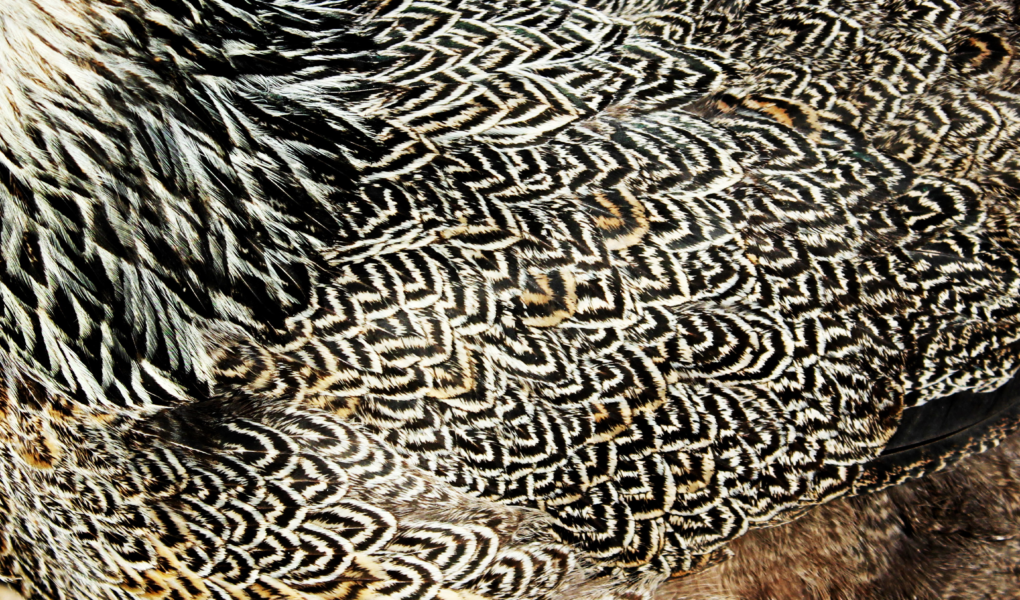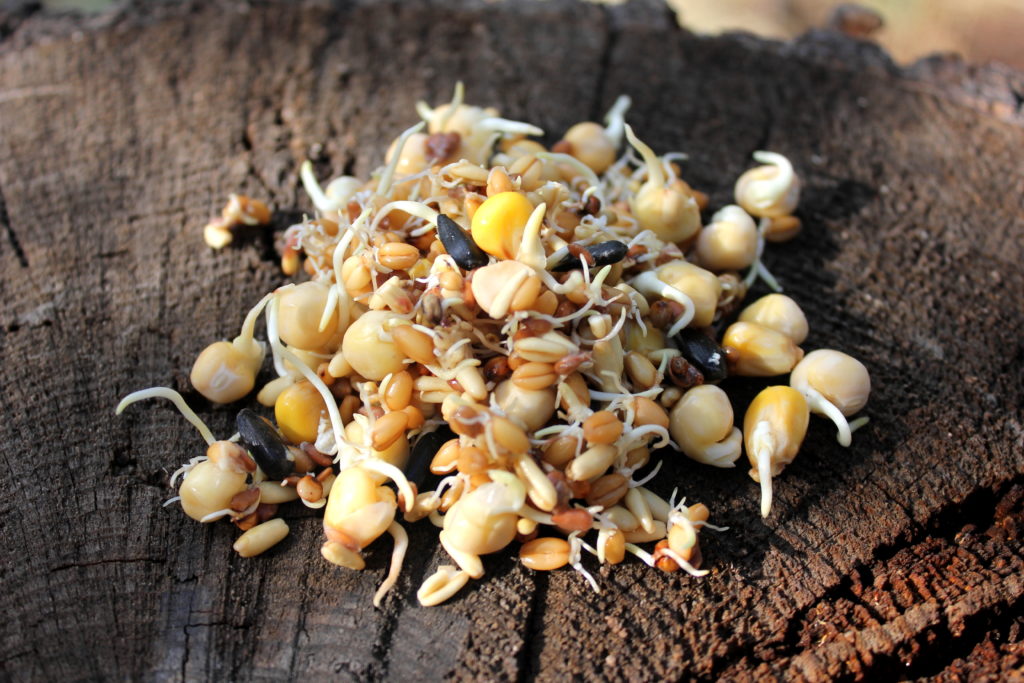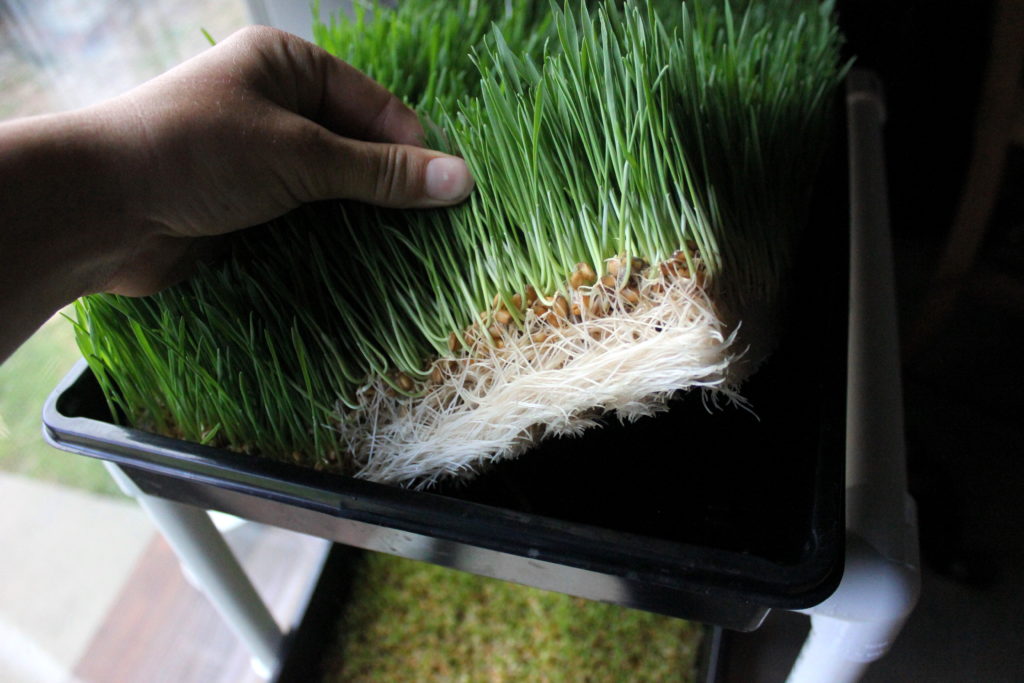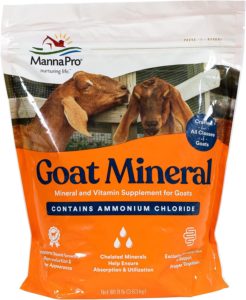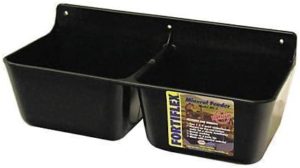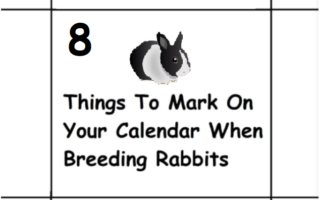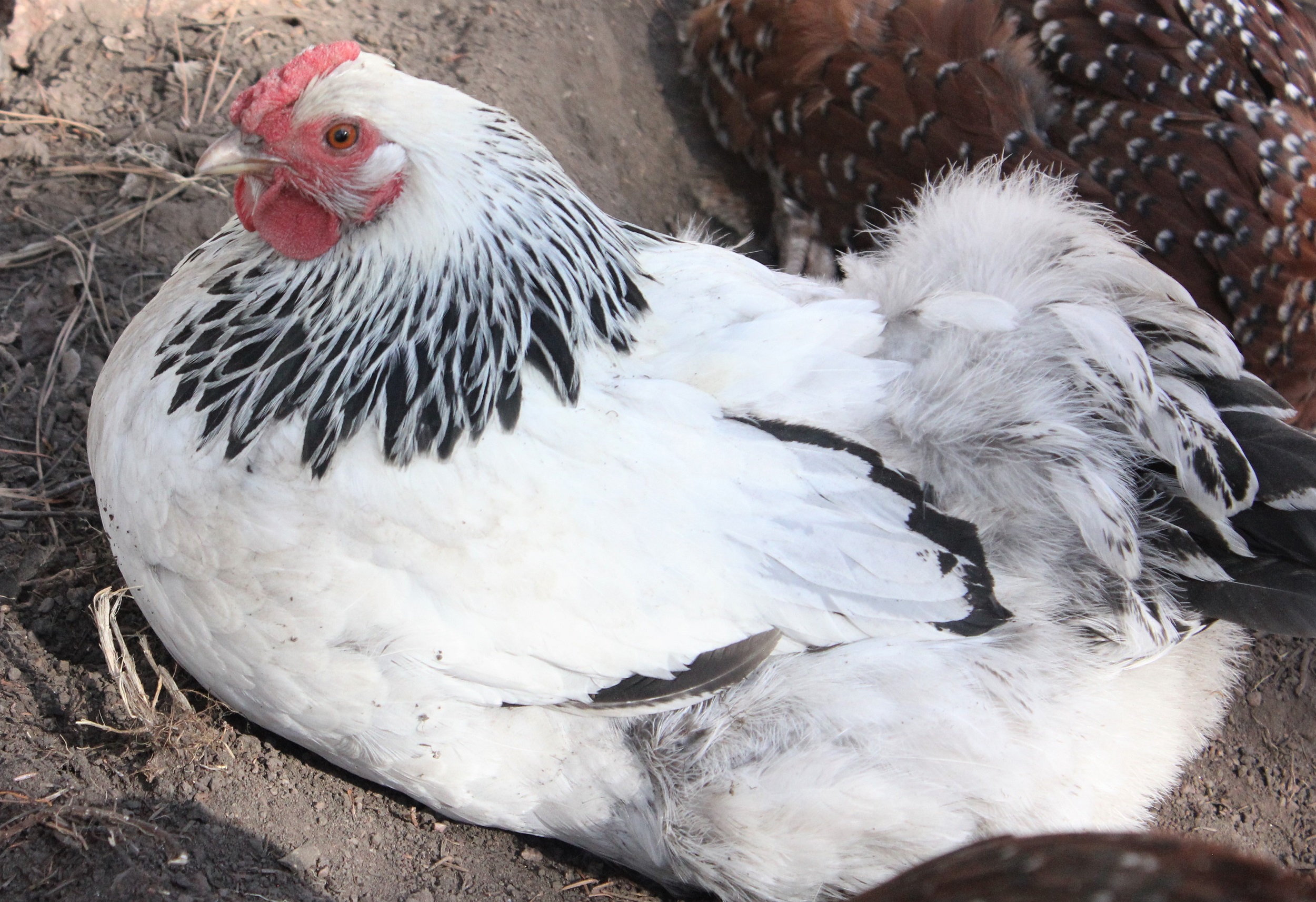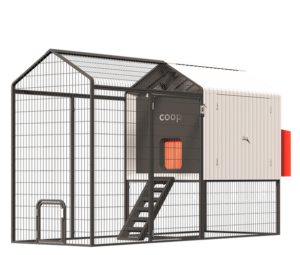Part of being truly self-sufficient is the ability to also be able to take care of your animals’ food needs without having to rely on the feed store or at the very least make it much more affordable. This is where size, location, and the number of animals you have to raise is going to matter. If you have a larger number of animals you’ll need more acreage to take care of them. Also keep in mind the harshness of winter, you’ll want to grow extra to last through the winter or choose an area that has a longer growing season. Water can be an important issue too depending on where you choose to be located, you may want to look into water catchment systems if it’s legal in your area, as well as drought resistant plants.
**FINALLY, A Smart Coop For Chickens (CLICK HERE)**
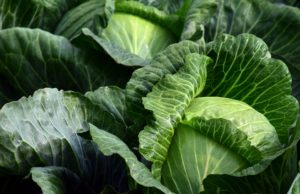
Poultry– Garden– Most farm birds can pretty much take care of themselves if they’re allowed to free range in an area where plant life and insects are plentiful. You can also grow a chicken garden. Chickens will pretty much eat anything that’s easy to consume, particularly leafy greens, a few tomatoes, squash, cucumbers, etc. My chickens have never liked carrots, bell peppers, or mushrooms. You do NOT want to feed them onions or raw potatoes. Seeds crops would also be a good one to grow for winter feed like millet, sorghum, corn, buckwheat, sunflower seeds, etc.
Sprouts/Fermented Feed/Wheat Grass– Sprouts are very healthy, and if you make your own chicken food like I do from whole grains, then you can sprout it. This will stretch how long your stock lasts by 2-3 times. Fermenting provides good bacteria to your chickens’ flora. This is where you simply fill a mason jar or container with chicken feed and water and allow it to ferment for 2-3 days. Wheat grass can be universally grown for chickens, goats, rabbits, horses, cows, etc. It’s cheap and easy to grow, reaching peak maturity after 7 days. It’s best to come up with a set up that self-waters itself. Otherwise, it can be time consuming to water 2-3 times a day.
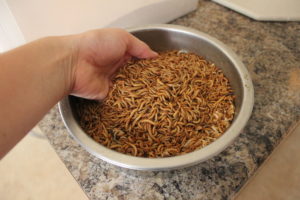
Mealworms/Crickets/Soldier Flies/Worms– Raising bugs is a good way to provide your chickens with a little extra protein as a treat. I opted for mealworms as they seemed to be the least stinky (if at all) and the easiest to work with. Earthworms and soldier flies deal with decaying matter and is more for outside or in a garage. Crickets can easily escape and put off more of a smell. Mealworms I’m able to have a simple two tower bin set up with 3 drawers each, in a quiet room that stays at an adequate temperature. They live in dry matter, they can’t escape regardless of what life stage they’re in, and they put off very little smell. I cover how to raise mealworms in another post that can be found here. Simply put, they’re easily my top pick. 
Table Scraps- Most families tend to waste a lot of food, instead of all that food going to waste in the trash, feed it to your flock, they’ll love it. If you go to a party or out to dinner and people are going to toss their food, just request a head of time for everybody to pile their scrapes in one container to take home for your birds. A word of caution would be to not to feed them any dessert items. Everything else is in moderation if there’s a lot to dairy or meat. Spice shouldn’t be a problem as birds don’t really seem to detect it and eat it just fine.
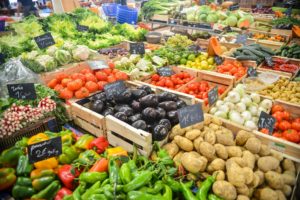 Restaurants/Grocery Stores- I hate to see good food go to waste. Something we’ve done is go to our local grocery store and see if they have any produce that is past it’s prime and would otherwise throw away. Sometimes there is a lot, other times they don’t have any. Restaurants also throw away a ton of food each and every day that people waste. I haven’t gone this route. But in this instance, you’ll want to monitor what you’re getting to make sure that’s it’s safe for your animals.
Restaurants/Grocery Stores- I hate to see good food go to waste. Something we’ve done is go to our local grocery store and see if they have any produce that is past it’s prime and would otherwise throw away. Sometimes there is a lot, other times they don’t have any. Restaurants also throw away a ton of food each and every day that people waste. I haven’t gone this route. But in this instance, you’ll want to monitor what you’re getting to make sure that’s it’s safe for your animals. 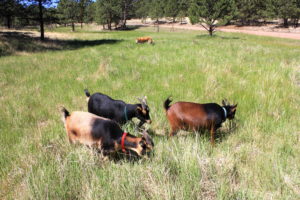
Goats– Out of the 4-legged critters, goats are the most efficient at browsing and eating what around them. They’ll eat tree bark, bushes, dead leaves, pine, grass, weeds. With the proper amount of land, you may not need to supplement your goats with much other than loose mineral and baking soda. If you do need to supplement with feeding hay, particularly in winter, find a feeder that prevents waste as goats tend to be choosy and will eat the parts that they like first. A lot of hay waste can always be repurposed as bedding provided it’s dry and somewhat clean. With our goats, we don’t have enough acreage to keep them fed so we do a combination where I’ll either let them browse for a short amount of time on our property, or I’ll take them on about a 60+ min walk around the neighborhood to browse on whatever is naturally around them. And then when we get home, they get less hay than what I would normally feed them. Pellets are also a great way to save on hay waste and come in the form of alfalfa timothy or mix.
Rabbits– Pellet feed and hay for rabbits is normally relatively cheap. But as of about 2022 with COVID and war the price has gone up. A smart way to go about feeding your rabbits is to utilize a rabbit tractor. This allows the rabbits to eat and mow your lawn at the same time. They can get expensive when it comes to buying fresh organic greens and veggies, especially if you’re buying from the grocery store. Again, ask your local market for veggies they are about to toss out. Best thing to do is also grow a garden for your rabbits. This can include things like herbs, wheat grass, and leafy greens that rabbits like. 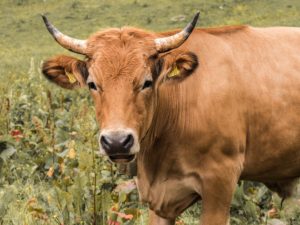
Cows– Honestly, in my opinion cows are plain and simply not a wise choice for a homestead. According to studies, cows are one of the leading causes of climate change. If you have cows, I would suggest considering changing over to goats whether it’s a meat breed or dairy breed. Goats leave much less of a footprint on the eco system and consume less resources to provide what you need. Even meat rabbits can provide more meat than a cow per what you feed them. If you do choose to have cows, you’ll want A LOT of space and acreage to feed them.
Pigs: A popular pick for meat on many homesteads. Pigs can be fairly cheap to own if you pick the right breeds. This would include pasture pig breeds like the Kunekune & Idaho Pasture Pig. A bit smaller than the other pig breeds at about 200-300+ pounds. They do very well on just pasture grass with very little supplemental feed needed. They are also the farm garbage disposals and will eat what your other homestead critters might not. This can also include extras from your other animals like eggs from your chickens and milk from your dairy animals. It’s hard to resist their beautiful coloring!

